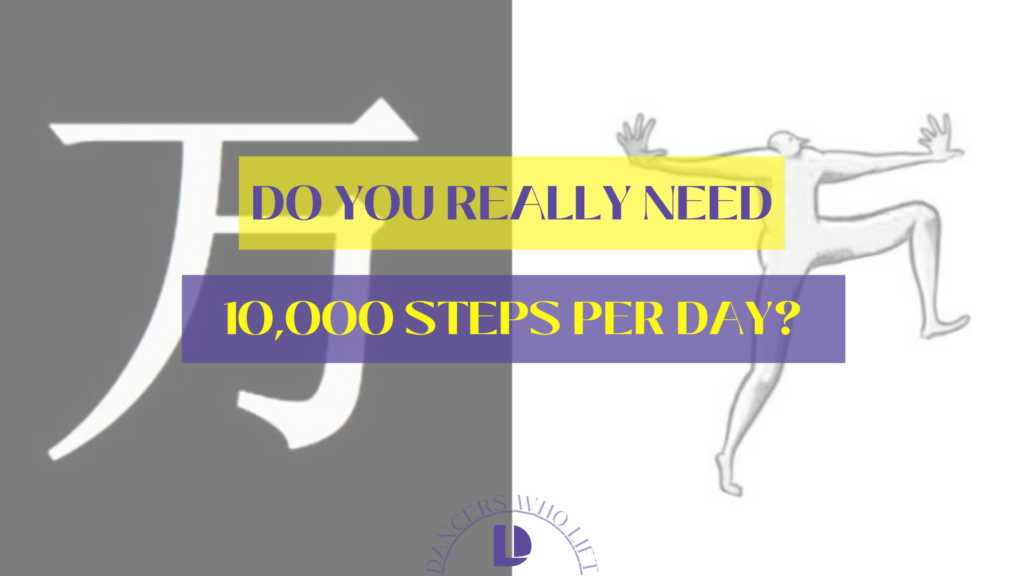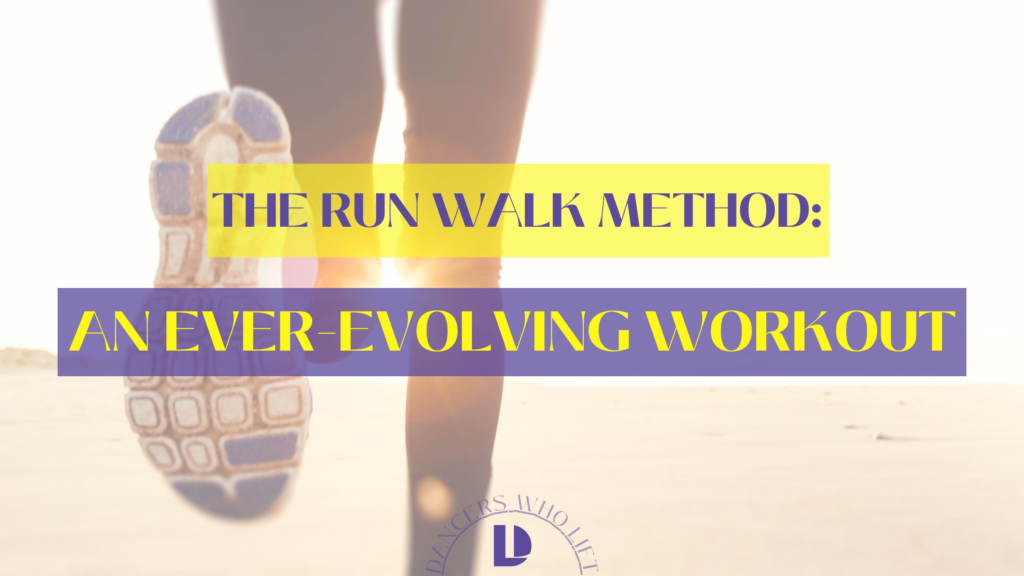Getting 10,000 steps a day has been a widely accepted standard for maintaining optimal health. But have you ever wondered where that number came from?
Because walking just 30 minutes per day can help prevent disease according to the Center for Disease Control. But, on average, 30 minutes of walking only accounts for about 3-4 thousand steps. That’s less than half of the widely accepted 10,000 steps per day.
Where Did the Idea of 10,000 Steps a Day Come From?
Ready for this fun fact?
In the 1960s, when Japan was prepping for the 1964 Olympics, a Japanese company invented the early version of a pedometer to encourage healthier lifestyles. In Japan, the character for “10,000” looks like a person walking.
Leading to the company naming it’s device, the 10,000-step meter.
This new device and the phrase, Manpo-kei (literally translated to “10,000 steps”) inspired the launch of many walking clubs across Japan.
10,000 steps was the minimum these clubs expected to walk together.
Yes. The idea of getting 10,000 steps a day started as an ad campaign in Japan and expanded into the culture of world wide health ideals.
But Walking 10,000 Steps a Day is Still Good, Right?
Walking more is never a bad thing. Unless you are pushing past the point of comfort or placing exhausted or injured joints a risk, walking 10,000 steps a day will not hurt.
Most studies show that the cardiovascular benefits of walking level out at about 7,500 steps.
However, if we’re discussing overall risk of mortality, generally speaking, the more you walk the lower your mortality risk. This study discovered that people who walk 12,000 steps a day have a 65% lower risk of dying than those who only took 4,000.
I don’t know about you, but I like those numbers! If taking a long every day can increase my life and boost my mental health, I am IN!
And if you’re sitting here thinking “I don’t have the time for that.”
Don’t worry. The good news is, simply walking more is enough to give you massive health benefits. And these steps do not have to be accomplished in one long walk.
“We found that every step counts. Small increases in daily steps can yield substantial health benefits, so adding 1,000 steps to your daily routine (~10 mins of walking) is worthwhile to consider for everyone,” Dr. Eijsvogels concluded.
Taking the time to stand up and walk around the office, walking the long way to the subway, or adding a walking cooldown to your workout are all great ways to get extra steps in.
Does the Intensity of My Walk Matter?
Not really.
This study showed that the intensity of the walk didn’t make a notable difference on the risk of death. The amount of steps you take really is the driving force in health benefits when it comes to walking.
Wow. What a relief!
Walking is a fantastic way to get in some active recovery, giving your body rest while still honoring it’s desire to move daily.
Set Your Goal
On average, how many steps a day do you take?
Do you think you could commit to walking 10 more minutes per day to add an extra 1,000 to your step count?
What about 20 minutes?
Whatever your goal is, make sure it’s achievable. Incremental changes yield big results over time.
Want more tips for achieving your daily health goals? Join the Dancers Who Lift email! Here you’ll receive free weekly workouts, training technique tips, and you’ll never miss a blog post.
Not sure you’re ready for an email commitment? Here are a few blogs we think you might like: Should Dancers Run? The Surprising Health Benefits of Running, Explained, In and Out Fully Body Workout For Dancers, A Dancer’s Guide to the Best Supplements for Muscle Recovery










